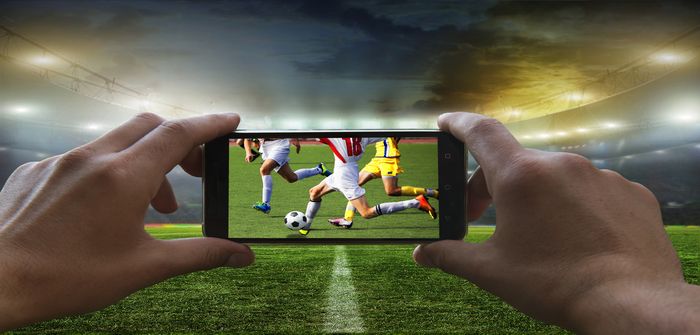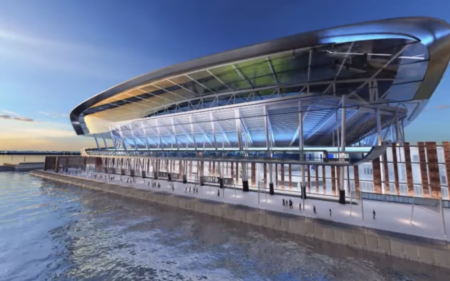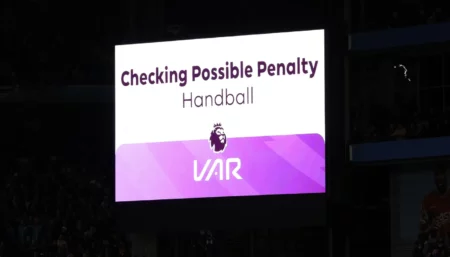Gavin Wheeldon, CEO of Purple, details how improving in-stadia technology can turn passion into profit.
Efforts to engage with billion-dollar stadium audiences, maximizing revenue opportunities, fall flat when stadia can’t identify who is at their events. More than half of visitors are anonymous, either because they are among a large group where only a single purchaser’s details are held, or because they have bought a ticket through a reseller. This makes it impossible for venues to build a relationship with them, or market to them intuitively.
Where online metrics aren’t available to paint a picture of customers’ demographics, likes or dislikes, transforming the venue itself into an intelligent space is the future of fan and stadium experience. Venues can collect the same sort of visitor data as Google Analytics gives to websites. Acting on this valuable learning, they can empower strategy on sales, marketing, sponsorships, signage and retail or hospitality partnerships.
Venues have a huge opportunity to boost end-to-end fan experience, turning spectators into super-fans and passion into profit. Technology increasingly holds the key, with wi-fi at the heart of the solution. Providing free guest wi-fi, venues not only respond to the high demand for connectivity, they also become ‘smarter’ in their visitor interactions.
Phase one of the metamorphosis begins when visitors log in to wi-fi. They visit a branded splash page, which includes links to the stadium’s social media profiles. This creates a surge in followers and engagement. Through social media updates, such as videos from pre-match warm-ups, photos from the locker room or sneak peaks backstage, a stadium brings value to its visitors. It connects them with the venue and other fans, fostering camaraderie.
The login process also generates deep visitor insights, enabling venues to gather information, including a user’s email address, name, gender, age, hometown, interests and mobile number. This data helps venues create targeted email and SMS marketing campaigns, with touchpoints before, during and after an individual’s visit to the stadium.
Add location data to the mix and stadia can deepen their understanding of visitors’ behavior, in particular how they move around the space and interact with signage. This informs decisions on design, helping stadia to improve navigation and reduce bottlenecks in overcrowded areas. It can also provide insight into how and when to communicate with visitors to optimize their experience.
Fan-centric gestures include sending notifications at half-time with updated stats, messages to offer a 10% discount on drinks if it’s raining, travel updates and safety advice. Interspersing these helpful messages with others that are commercially motivated – promoting relevant season tickets, event tickets, merchandise and food and drink – involves skillful balance. Once mastered, however, it brings value to both sides.
Within merchandise, shopping and eating areas of stadia, there is a big monetization opportunity. Retailers and restaurants can advertise on the stadium’s wi-fi splash page; and there is potential for sponsorship and promotions within the venue’s marketing emails and SMS messages. Location data makes it possible to reach out to customers at exactly the right time and place, when visitors are close to a particular outlet, with tailored information or a promotion. Passing a coffee bar? Here’s a text to give you 20% off your cappuccino! You can see how that might hit the spot.
The idea of using visitor insights to make more money might sound calculated, but in reality, both parties benefit when a venue invests in understanding its audience better. Research shows that 60% of people are comfortable with having their shopping interests and behaviors used by online retailers if it will improve their shopping experience. Increasingly, physical venues are expected to deliver a similarly personalized customer journey, with timely, relevant and valuable interactions.
Going to a stadium is no longer just about the live experience. Growing numbers of spectators, especially in the millennial and Generation Z demographics, want more. Technology is evolving to meet the demand for ‘extra’, embedding connectivity and convenience into stadia, enabling fans to share and chat on social media while they’re there. The next stage will see augmented and virtual reality adopted to create immersive user experiences, putting spectators in the thick of the action.
Following early adopters of augmented reality Southampton and Portsmouth soccer clubs in the UK, clubs in all tiers have started to use the technology. Recently, Blackpool and Frickley Athletic added AR features into their programs in a bid to jazz-up matchday output, and this is only going to become more widespread.
In the not-too-distant future, you could be watching a player in the flesh and see their stats appear above their head. Or you might be able to augment the experience with effects, like the filters on Snapchat. Stadia will respond to demand, so fans will drive innovation.
Making stadia intelligent spaces will inform their future development. Wi-fi, combined with analytics and location data, restores a direct, informed relationship between venues and their customers. Venue managers have a clear picture of who visitors are and what they want. Acting on this information, they can develop deeper bonds, making sure that fans feel the love from ‘their’ stadium. This richer relationship stands to benefit all.
Gavin Wheeldon, CEO, Purple
November 16, 2017





